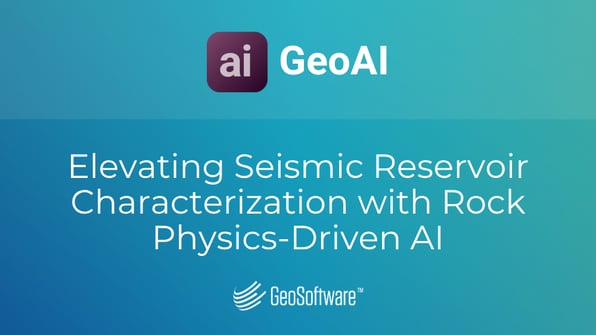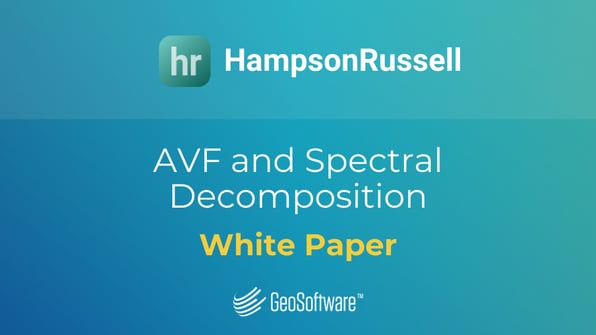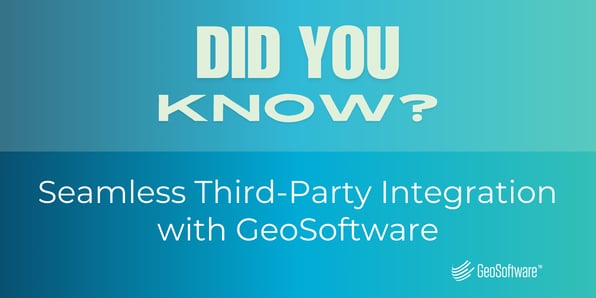
Revolutionizing Subsurface Interpretation with HampsonRussell GeoAI
The ever-evolving landscape of geoscience demands advanced technologies to enhance reservoir characterization, optimize hydrocarbon recovery, and mitigate exploration risks. HampsonRussell GeoAI is at the forefront of this transformation, integrating cutting-edge artificial intelligence (AI) with fundamental rock physics principles to deliver high-resolution, geologically consistent reservoir property predictions.
The Value of Reservoir Characterization in Subsurface Analysis
Reservoir characterization is a multidisciplinary approach that synthesizes geophysical, geological, and petrophysical data to develop a comprehensive understanding of subsurface formations. By leveraging seismic attributes, well logs, and inversion techniques, geophysicists can estimate key reservoir properties such as porosity, permeability, lithology, and fluid distribution.
A critical aspect of reservoir characterization is the ability to reduce uncertainty in subsurface interpretations. Geological formations are inherently complex and often contain fine-scale heterogeneities that are difficult to detect using conventional deterministic methods. These methods typically fall short in resolving the non-linear relationships embedded in subsurface data relationships that are not easily discernible to the human eye. The integration of AI-driven analytics, particularly when anchored in rock physics, offers a paradigm shift by significantly enhancing predictive accuracy and resolution.
Introducing HampsonRussell GeoAI: Enhanced Results with Rock Physics-driven AI
HampsonRussell GeoAI leverages state-of-the-art machine learning methodologies, particularly convolutional neural networks (CNNs), to extract high-resolution reservoir properties from seismic data. Unlike conventional inversion techniques, which rely on iterative optimization and user-defined constraints, GeoAI incorporates a data-driven learning process that adapts to complex geological patterns.
A key differentiator of GeoAI is its coupling with rock physics, ensuring that machine learning predictions are not purely statistical but remain grounded in fundamental geophysical principles. This fusion mitigates the "black box" nature of AI by reinforcing geological plausibility, enabling geophysicists to make interpretable and reliable predictions.

Figure 1: Volume of Quartz and Brittleness results from rock-physics driven machine learning approach using HampsonRussell GeoAI.
Overcoming Key Challenges in Reservoir Characterization with GeoAI
1. Resolution Enhancement and Feature Delineation
Seismic data inherently suffers from resolution limitations due to wavelet bandwidth constraints. Traditional inversion methods may struggle to resolve thin beds or subtle stratigraphic variations. By harnessing CNNs trained on high-resolution synthetic and field datasets, GeoAI extrapolates beyond seismic bandwidth limitations, significantly refining spatial resolution and feature delineation.
2. Addressing Sparse Well Control
Exploration in frontier basins or deepwater settings often involves sparse well control, making conventional reservoir characterization approaches less reliable. GeoAI circumvents this challenge by generating synthetic training datasets that augment limited well information, enabling robust property prediction even in data-sparse environments.
3. Accelerating Workflow Efficiency and Reducing Expert Dependence
Traditional geophysical workflows often involve iterative parameter tuning and expert-driven interpretation, making them time-intensive and susceptible to user bias. GeoAI streamlines the process by automating feature extraction and property estimation, requiring significantly less manual intervention while maintaining high interpretability through its rock physics-driven framework.
GeoAI addresses several key challenges in reservoir characterization, including resolution limits, low well control, and workflow complexity. By using machine learning, GeoAI provides higher resolution results and enables synthetic data generation, which is particularly useful in low well-control and exploration areas.
Moreover, GeoAI facilitates uncertainty analysis by generating multiple model scenarios based on varying input data, aiding in the assessment of result uncertainties and minimizing risks. The convolutional neural networks used in GeoAI require less user expertise compared to traditional seismic reservoir characterization methods, saving time and enhancing the accuracy of multiple reservoir property estimations.

Figure 2: 3D application to volume from HampsonRussell GeoAI results.
Case Study: Success in the Gulf of Mexico
A notable application of GeoAI in the Gulf of Mexico demonstrated its efficacy in characterizing complex depositional systems with minimal well control. The study area, characterized by deepwater turbidite sequences, presented significant challenges due to high lateral heterogeneity and limited calibration data (only seven wells).
By employing transfer learning—a technique where a pre-trained model is fine-tuned on a new dataset—GeoAI synthesized well-constrained property estimations, significantly improving prediction accuracy. Initial seismic-driven reservoir property estimations showed a moderate correlation with well data. However, after applying transfer learning, the alignment significantly improved. These enhancements using GeoAI highlight its potential to refine seismic interpretations and support more confident reservoir development decisions.
Unlocking the Full Potential of the Subsurface with GeoAI
HampsonRussell GeoAI represents a remarkable advancement in seismic reservoir characterization, seamlessly integrating AI with rock physics to bridge the gap between data-driven predictions and geological realism. By offering high-resolution property estimation, uncertainty analysis, and workflow acceleration, GeoAI empowers geophysicists to extract maximum value from their seismic datasets.
As exploration moves toward increasingly complex geological settings, the adoption of AI-driven approaches will be instrumental in reducing uncertainty and optimizing field development. With its ability to enhance subsurface properties, handle low well-control scenarios, and mitigate risk through physics-informed AI, GeoAI is poised to redefine the future of reservoir characterization.
Experience the power of HampsonRussell GeoAI firsthand. Contact us today to request a demo and see how GeoAI can transform your seismic reservoir characterization workflow.




